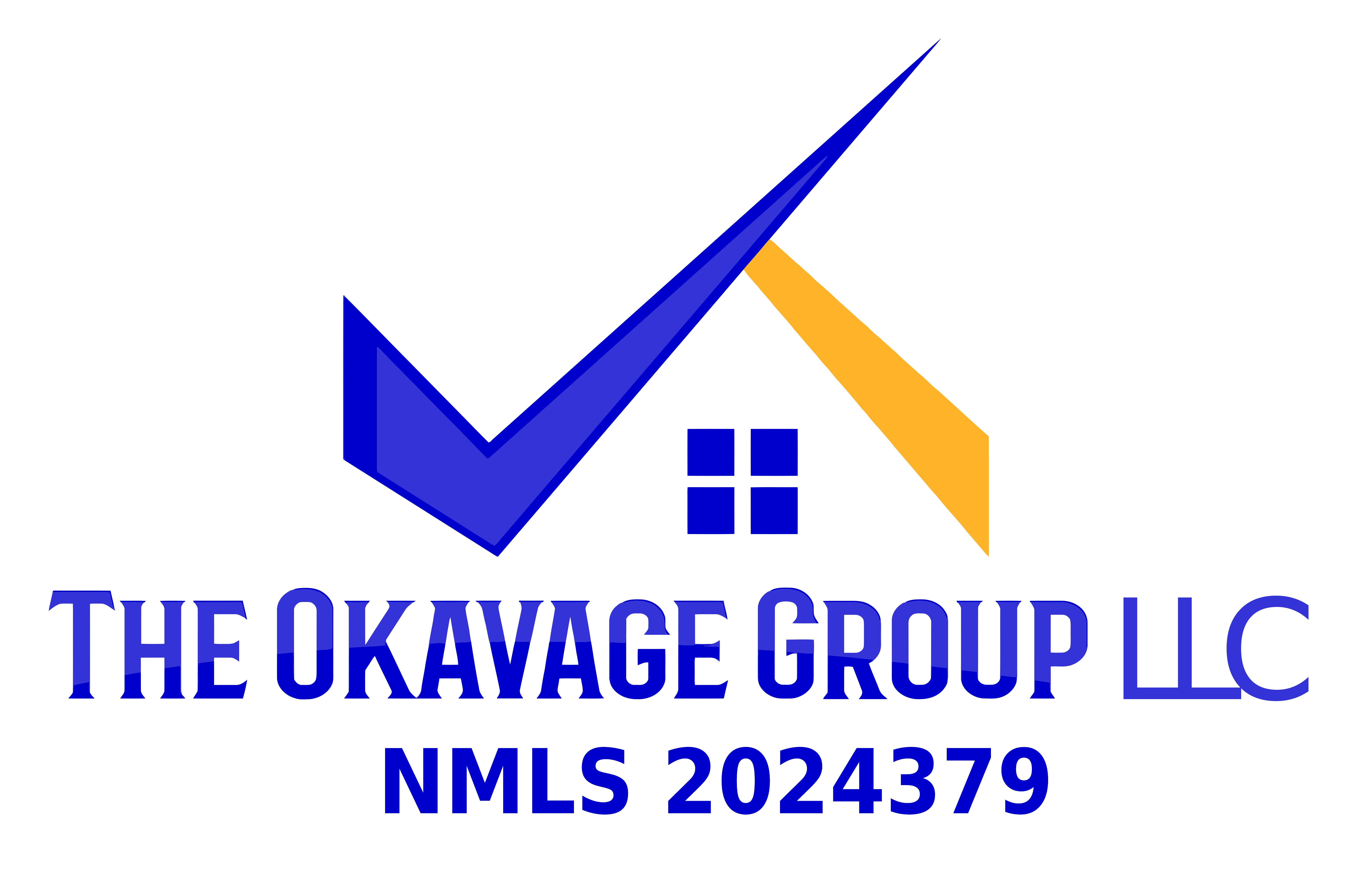Mortgage Insurance
Private mortgage insurance (PMI) protects the lender in the case of a default by the borrower. PMI differs from mortgage insurance protection. Mortgage insurance protection protects the borrower by making the mortgage payments for a time period in case of losing a job, disability, or death of the borrower. The main consideration about PMI when buying a home is that the borrower pays for this insurance to protect the lender.
For some loans backed by a government supported entity (GSE), such as the FHA loans, mortgage insurance is required to obtain the loan. For other non-GSE loans, mortgage insurance may still be required. Typically, lenders require mortgage insurance if the down payment for the purchase of a home is less than 20%.

Did You Know?
Very few people know, even those in the mortgage business; that mortgage insurance can be purchased in what is known as a Single Paid Premium both borrowers paid and lender paid. This is where, depending on credit scores and down payment, a buyer/lender can pay a single amount at closing (or financed into the loan) and therefore never have to pay monthly mortgage insurance.
Comparing this option to the monthly mortgage insurance, typically the breakeven can be as little as 44 months – that’s less than four years compared to 10 years or more with monthly mortgage insurance!
Of course, everything depends on your credit score (FICO) and down payment as mortgage insurance is a risk-based insurance policy. Lower than 700 credit scores can sometimes prevent lenders from offering single paid premiums due to the federal regulations of the Dodd-Frank Act.
Mortgage insurance is a consideration because it adds a monthly expense to buy the home. Sometimes a loan may have a lower interest rate; however, the cost of mortgage insurance makes the loan more expensive than a loan with a higher interest rate that does not require mortgage insurance. This is why it is essential to make a comparison between an FHA loan that requires mortgage insurance and conventional financing without the same requirement, to adequately compare the monthly costs of both options.
Work with the professionals at the OKavage Group to determine the best options regarding paying PMI on a home loan.
Cost of Mortgage Insurance
The cost of mortgage insurance appears on the monthly expenses for a home loan listed as the expense for private mortgage insurance (PMI). The annual cost of PMI ranges from 0.5% to 1% based on the entire loan amount. For example, for every $100,000 in the total loan amount, having a PMI of 1% equals $1,000 per year. This adds $83.33 to the monthly payments.
Stopping Payment of Mortgage Insurance
Some lenders allow stopping the monthly payment of PMI when the loan-to-value goes below 80%. This loan-to-value calculation is based on the original loan amount and home value at that time of purchase. Some lenders may accept a new appraisal showing a higher home value; however, they are usually not forced to accept an appraisal to re-calculate the loan-to-value ratio.
Stopping PMI for FHA Loans
A few years back, FHA changed this rule. If you are not putting down 10% or more, the mortgage insurance can never be removed unless you refinance. If you have 10% down payment, the mortgage insurance can be removed in 11 years.
